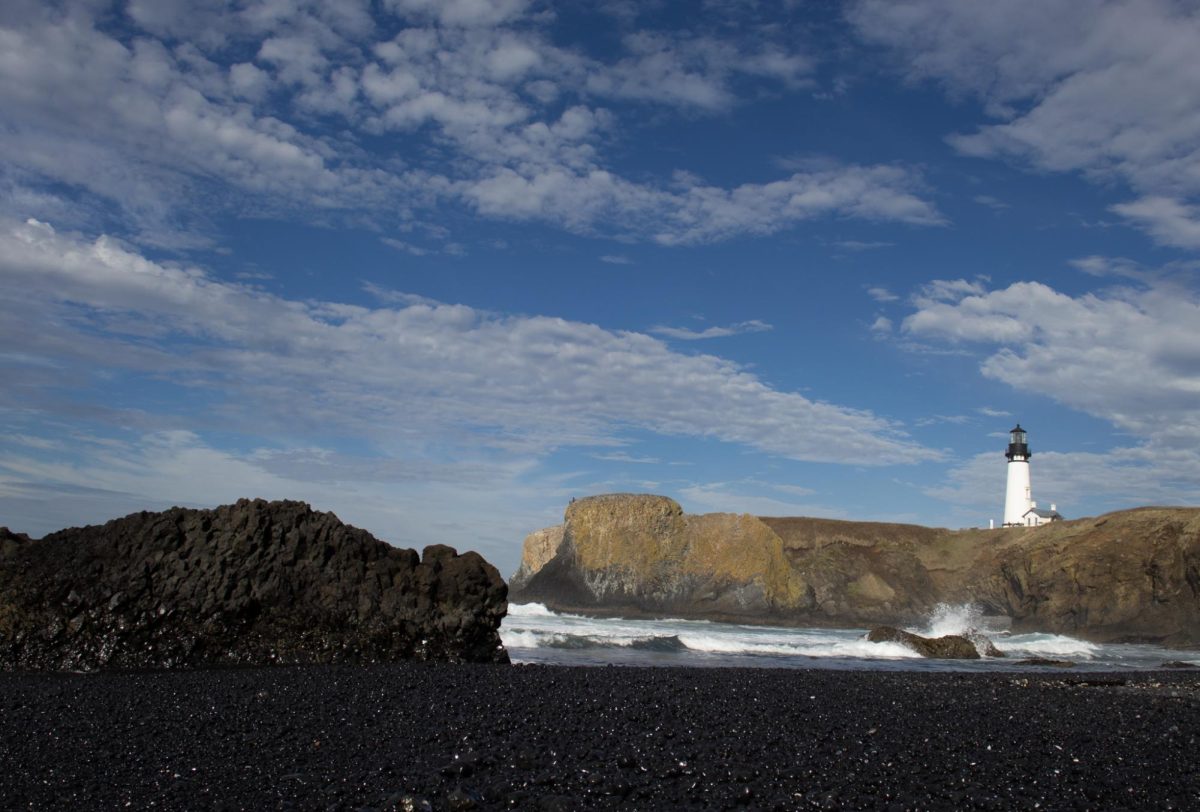Editor’s note: This story mistakenly appeared in truncated form in the Barometer’s February print issue. It can be found in its entirety here.
In 1966, the United States Congress established the National Sea Grant, a program to give funding to universities in the country in order to, “create and maintain a healthy coastal environment and economy,” according to The National Ocean and Atmospheric Administration website.
By 1971 the first four universities – Oregon State University, University of Rhode Island, Texas A&M University and the University of Washington – had received the status of Sea Grant College from NOAA. Today, a total of 34 colleges have achieved that status.
For over 50 years, The Oregon Sea Grant has provided funding for research, extension services and public education focused on understanding and better preserving Oregon’s many marine environments and creatures.
The Oregon Sea Grant is a collaboration between NOAA and OSU. The four major areas of focus for the grant are: environmental literacy and workforce development, healthy coastal ecosystems, sustainable fisheries and aquaculture and resilient communities and economies.
The core funding from the grant comes from NOAA, but a 50% match is required to be from non-federal funding.
“We also compete for funds,” Nielson said. “And we’re not above leverage funding.”
The level of funding varies each year, but in 2022-23, Nielsen says that their approximate funding totalled to $8 million. This money is spread between the grant’s three main programs: peer-reviewed research, extension services and projects and public education.
Receiving 30-50% of the grant’s funding, the research program is the primary focus of the grant. The grant usually picks four to five projects a year, giving each project $200,000 or more a year to continue their research. The research projects are wide-ranging, addressing a variety of concerns.
One current research project is looking into the diminishment of kelp forests off the coast of Northern California and Southern Oregon. Among other things, the research has found that the kelp is being eaten by an increasing purple sea urchin population. The researchers attribute the rise in the number of sea urchins to a lowering in the number of urchin-eating sea stars in the area.
Since sea urchins are considered a delicacy in cuisines, like Japanese, the project’s researchers are looking into ways to fatten up and sustainably market the purple urchins in order to reduce their population to normal levels.
Another project is partnering with the Yurok Tribe. This project is looking into the potential effects the future removal of four dams from the Klamath River will have on water quality.
According to the research, the dams have dramatically affected the area’s ecosystem and wildlife population, including the salmon that come there to reproduce. While researchers do not think that the removal of the dams will completely restore the ecosystem and wildlife to pre-dam levels, they believe it will have significant benefits.
The next program, education, aims to “(increase) marine science literacy in the classroom and daily life.” The available education levels the program provides range, as Nielson puts it, from “K to gray,” meaning their programs are comprehensive for everyone. The program also educates teachers.
Among the many projects that the program has are the Oregon Coast STEM Hub and the Hatfield Marine Science Center, both located in Newport.
The program also features the Scholars Program here at OSU. The Scholars Program provides fellowship opportunities to both undergraduates and graduates in order to create a “diverse ocean workforce that understands technical and social challenges facing coastal communities and the natural environment”.
The final program for the Oregon Sea Grant is extension and public engagement. This program strives “to engage, listen to, inform and assist coastal communities (addressing) important social, economic and environmental issues.” The program makes sure that the grant’s work is relevant and directly connected with society.












































































































